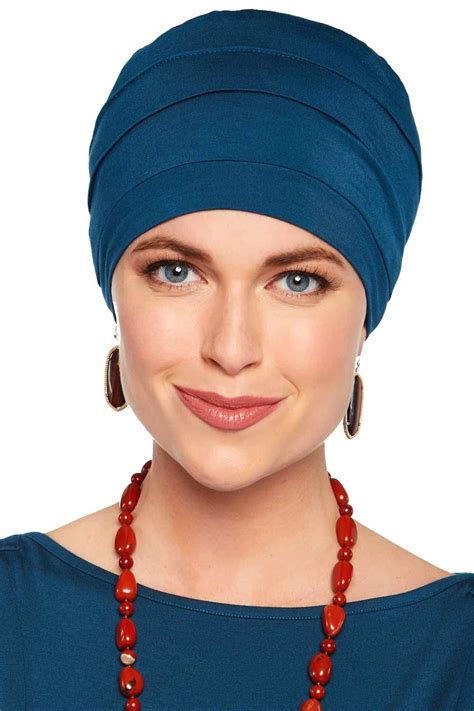Cancer treatment can take a toll on patients’ physical and emotional well-being. Hair loss, a common side effect of chemotherapy and radiation, can be particularly distressing. Head covers, also known as scalp prosthetics or hairpieces, offer solace, dignity, and a sense of normalcy during this challenging time.

Prevalence of Hair Loss in Cancer Patients
According to the American Cancer Society, approximately 65% of chemotherapy patients experience hair loss. The severity and duration of hair loss vary depending on the type and dosage of treatment. However, for many patients, hair loss can be a significant source of anxiety and self-consciousness.
Benefits of Head Covers for Cancer Patients
Head covers provide numerous benefits for cancer patients struggling with hair loss, including:
- Improved self-esteem: Head covers help patients feel more confident and self-assured by concealing hair loss and restoring a sense of normality.
- Reduced anxiety: Wearing a head cover can alleviate anxiety and stress associated with hair loss, empowering patients to focus on their treatment and recovery.
- Increased comfort: Head covers protect sensitive scalps from the elements, such as sun, cold, and wind. They can also reduce friction and discomfort caused by medical devices like wigs.
- Preservation of dignity: Head covers allow cancer patients to maintain their privacy and sense of dignity by discreetly covering hair loss.
Types of Head Covers
Head covers come in a wide range of styles, materials, and designs. Common options include:
- Synthetic head covers: Made from artificial fibers, synthetic head covers are affordable and easy to style. They offer a natural look and feel, making them a popular choice for those who want a realistic hair replacement solution.
- Natural head covers: Crafted from human hair or a blend of human and synthetic hair, natural head covers provide an optimal combination of style, comfort, and durability. They require more maintenance and care than synthetic head covers but offer a more authentic hair appearance.
- Custom-made head covers: These head covers are designed and tailored to fit the specific contours of the patient’s head. Custom-made head covers ensure a perfect fit, optimal comfort, and a completely natural look.
Choosing the Right Head Cover
Selecting the right head cover involves considering factors such as:
- Individual preferences: Patients should choose a head cover that aligns with their personal style and comfort level.
- Medical needs: Some patients may require covers with special features such as antimicrobial or moisture-wicking properties.
- Budget: Head covers vary in price depending on the material, style, and level of customization.
- Availability: Patients should research local suppliers or online retailers to find a head cover that meets their needs.
Comparison of Head Cover Types
| Type | Pros | Cons |
|---|---|---|
| Synthetic | Affordable, easy to style, natural look | Less breathable, may not last as long as natural head covers |
| Natural | Realistic appearance, comfortable, durable | More expensive, requires more maintenance |
| Custom-made | Perfect fit, optimal comfort, natural look | Most expensive, longest lead time |
Other Considerations
Comfort: Head covers should be comfortable to wear for extended periods. Patients should choose covers made from breathable materials and avoid covers that cause irritation or pressure points.
Versatility: Some head covers are designed for everyday wear, while others are more suitable for special occasions. Patients may want to consider investing in multiple head covers to meet different needs.
Durability: Head covers should be made from durable materials that can withstand regular wear and tear. Patients should also consider the frequency and ease of cleaning.
Conclusion
Head covers play a vital role in enhancing the comfort, confidence, and dignity of cancer patients experiencing hair loss. By choosing the right head cover and considering factors such as comfort, versatility, and durability, patients can find a solution that empowers them to feel whole and beautiful during and after their treatment journey.
